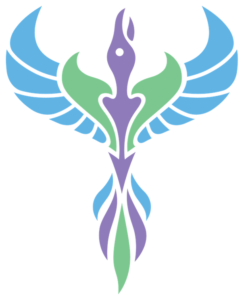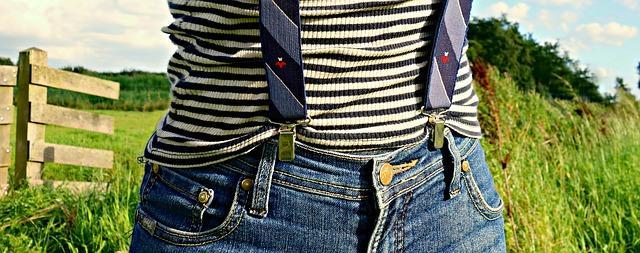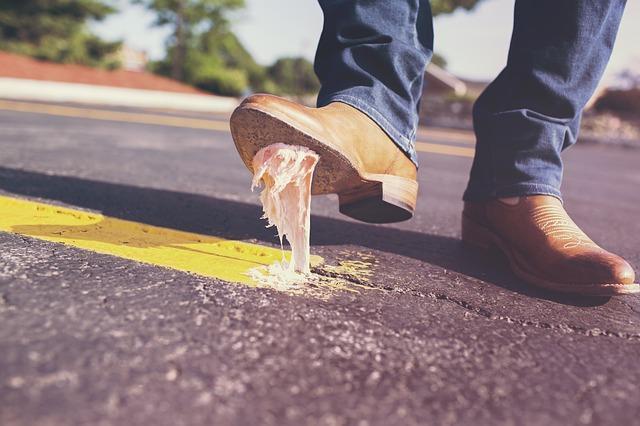Archive for November 2016
The Importance of the Posterior Chain
The posterior chain is a group of oft-neglected, yet crucial muscles that define the backside of your body, including muscles of the lower back, the glutes, hamstrings and calves. Sit-heavy lifestyles conspire to wreak havoc with this muscle chain, leaving our hip flexors and quads shorter and tighter and creating a domino effect which destabilizes the lower back. The glutes are key muscles in this process- when they become weak or inhibited, it is a clear sign that the posterior chain is at least partially compromised. Range of motion must be accounted for somewhere, and the lower back, a region already well known for the burden it supports, is called upon to take on even more responsibility. While rotating and lifting should be done with the hips, many people use their lower backs to initiate these movements, which is a perilous proposition.
No matter the object, whether it be a cat toy or a dumbbell, lifting is an action that should be performed with the legs and not the back. To be more specific, it should begin by sitting or squatting with the hips to lower, then lifting with a hip thrust forward. At Community Chiropractic & Acupuncture, we focus on helping people restore function and range of motion to the posterior chain so that the hips can be fully utilized as the powerful force that they are.
This means relearning what has been lost: proper body mechanics so that you know how to move. This means awareness that sitting for hours on end causes chronic tightness and the shortening of muscles that need to be mobile. This means treating those tight muscles with soft tissue work and, finally, it means strengthening and stretching these muscles regularly to keep them in prime condition so that they don’t burden the lower back further. All of these elements will make a difference in pain that is caused by the lower back compensating for muscles that are firing short in the posterior chain.
Dr. Karen Thomas, D.C.
Breathing Slower
As a society, we are actively attempting to unlearn proper breathing technique and it has enormous ramifications on quality of life. If you were only drawing 2/3 of the oxygen you could, and not expelling enough CO2 you would be severely disadvantaging yourself, yet this is what we are choosing to do in the face of air pollution, sit-heavy lifestyles, poor diets and lack of awareness regarding posture. In essence, many of us are only capturing the amount of oxygen needed to plod along, but not enough to prosper and feel great. At Community Chiropractic & Acupuncture, we believe in a more conscious way of life, and there is no better, quicker or easier way to practice this than to start breathing slower and deeper.
Taking a deep breath means:
- In through your nose
- Breathing into the lower belly, which should expand
- Holding for a few seconds
- Exhaling fully and slowly (think 4 seconds)
This helps immediately with anxiety or panic, but it can also be adapted as your primary breathing technique. While breathing only 10 times a minute may seem extreme, it is worth trying to reduce your number of breaths per minute, so that you can feel better. Capturing the full amount of oxygen means you will experience a noticeable increase in productivity and mood. We want to see everyone reap their true potential from the respiratory process, so that every cell can function with the full amount of inputs it needs to provide the body with energy to prosper.
Dr. Karen Thomas, D.C.
De-stressing on the Job
Start the countdown…120 seconds isn’t long but it is long enough to refresh your body and mind and return to work with a more positive and productivity-oriented perspective. Stress on the job usually centers around the concept of too much work, too little time, and while there may be various parties responsible for creating this quandary, only you can extract yourself and ensure you keep your sanity along with your job. The reason I choose two minutes is because it is just long enough to refresh, but not long enough to detract from your flow. Many people find it hard to stop when they are on a roll; when they are in the zone and don’t want to stop but find themselves slightly ripping at the seams. This is not a healthy way to operate, and sooner or later, it will take its toll. Instead take two minutes and try:
- Walking to the water fountain: get your blood circulating, your body moving for a second and finish it off with a little hydration.
- Putting on your favorite song, dancing a little jig, even if it just means looking silly in your chair: this is enormously rewarding and relaxing.
- Chewing gum or something crunchy (like an apple): the sound and rhythm of chewing has a relaxing effect.
- De-cluttering your desk
- Just looking away from the sreen
- Closing your eyes and breathing deeply: take full diaphragmatic breaths that saturate your cells with oxygen.
This isn’t about finding your happy place, it’s about keeping you mentally balanced and resilient in the face of stress. Letting stress pile on until the cow’s come home is a great way to feel spun out at the end of the day, and if you are living like this it may be time to pay a visit to your Park Slope chiropractor. We practice natural healing modalities including acupuncture and chiropractic adjustment to help regulate the nervous system and restore your musculoskeletal balance and we follow up with massage that dispels tension and promotes relaxation, improving your relationship with pain.
Dr. Karen Thomas, D.C., L.Ac.
Relaxing Made Easy
“Take a deep breath,” is an oft-repeated maxim that has lost its gravitas amidst new generations who seem to be spending more time “relaxing” than ever. But I can guarantee you that no matter who you are, stress is still cycling and tension is buidling (albeit at different rates and in differing amounts) throughout the week. Some people happen to be very proactive in their management of it, while some people have developed coping mechanisms that waylay the problem and allow them to work and play despite stress being on the fringes; still others watch their lives suffer at the hands of stress and their bodies suffer from chronically high levels of tension. At Park Slope Chiroractic, we believe that relaxation is a key to finding happiness and we want to offer you all our experience in this endeavor.
Ways to help you relax throughout the day, with your brain and body: Massage your hands and wrists, give yourself a stretch and shake out the tension every once in a while. We can show you acupressure points that can be pressurized by yourself at work to help relieve tension or pain wherever you may be feeling it.
Control your environment: not enough can be said about creating an environment that is conducive to relaxation and productivity, both at home and in the office.
Exercise: During a stressful day at work, try going for a walk outside; the more vigorous the better. eating lunch somewhere outside where you can be under the sun. Bright light and vitamin D are very effective at fighting depression and instilling mental calm.
Creative stimulation: What is your outlet? Doing something that is creative, requires concentration, or both helps you stay centered and focus on something concrete that helps your brain reset, while also bringing you pleasure for whatever you produce.
With diet:
- Green tea: for an antioxidant boost, and anger fighting properties.
- Honey: for fighting inflammation in the brain, which combats stress
Everyone could use a plan that helps them manage their own unique blend of stress during the day. At Community Chiropractic & Acupuncture in Park Slope we have many years of experience helping people find true relaxation in and outside of our office; give us a call to schedule an appointment today.
Dr. Karen Thomas, D.C.




